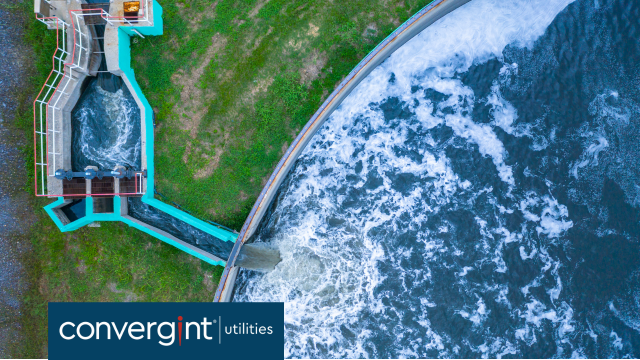In an era where security threats to utilities are increasingly diverse and sophisticated, the need for a robust defense strategy cannot be overstated. With the vital role that utilities play in daily life, ensuring the safety and integrity of infrastructure such as wastewater treatment plants and pump stations is paramount.
Understanding the threat landscape
Convergint recognizes that a one-size-fits-all approach to security is inadequate in today’s dynamic environment. Therefore, Convergint leverages the American Water Works Association (AWWA) standards to assess the specific needs of each client comprehensively. By starting an evaluation at the perimeter and working inwards towards an organizations most valuable assets, Convergint will identify not only the unique threats faced by individual wastewater treatment facilities and pump stations but also lay the groundwork for a customized defense strategy at those sites.
Defense in depth: The key to resilience
Convergint’s approach to security revolves around the concept of defense in depth, which involves deploying multiple layers of security measures to deter, detect, delay, and respond to threats effectively.
Addressing threats
Convergint’s approach also takes into account the various types of threats that utilities may encounter:
Contact us
By embracing the concept of defense in depth and tailoring solutions to individual client needs, Convergint not only enhances security but also fosters confidence in the resilience of essential utilities. To learn more about how the Convergint utilities team can meet organization’s specific needs and enhance security infrastructure, contact an expert today.







